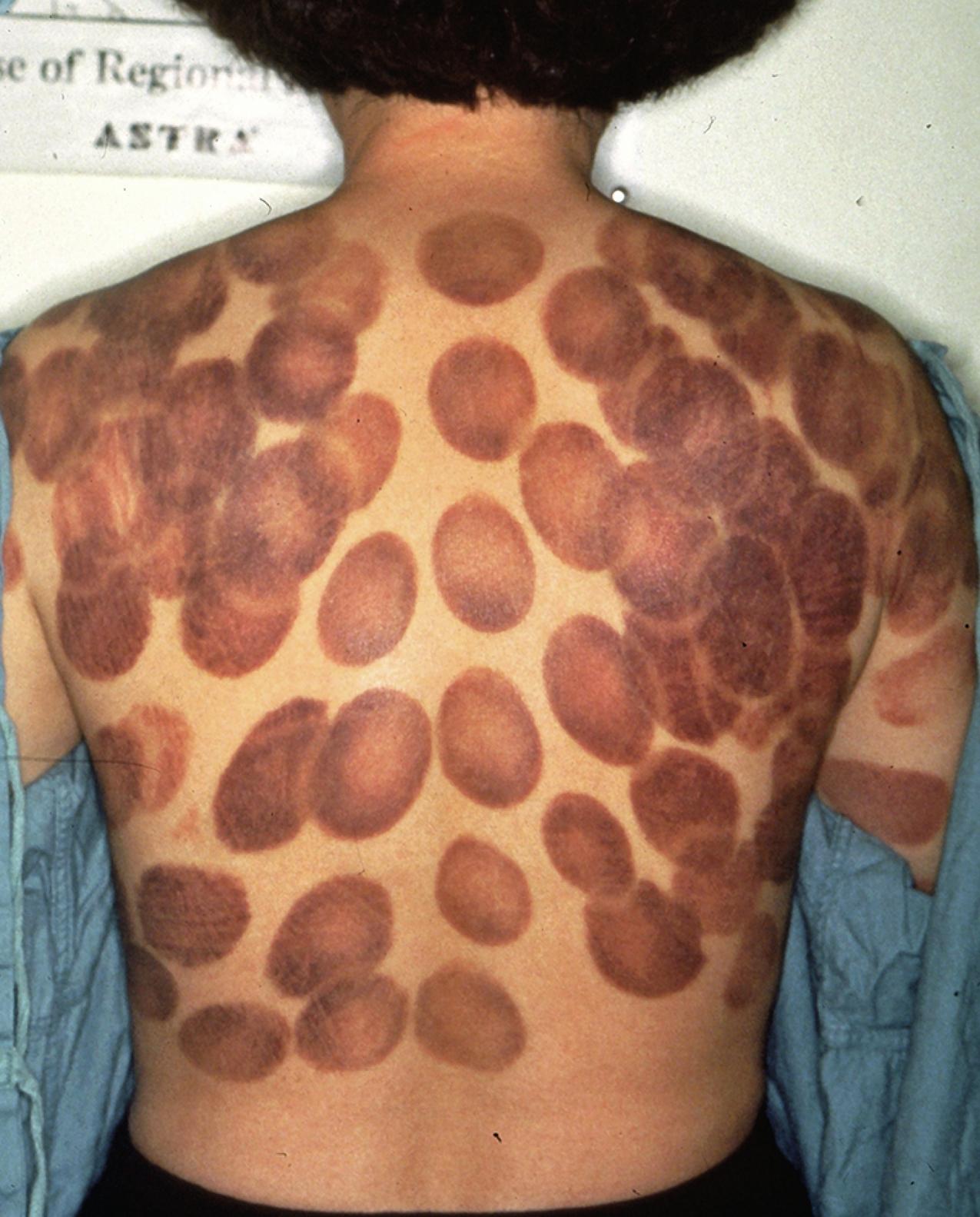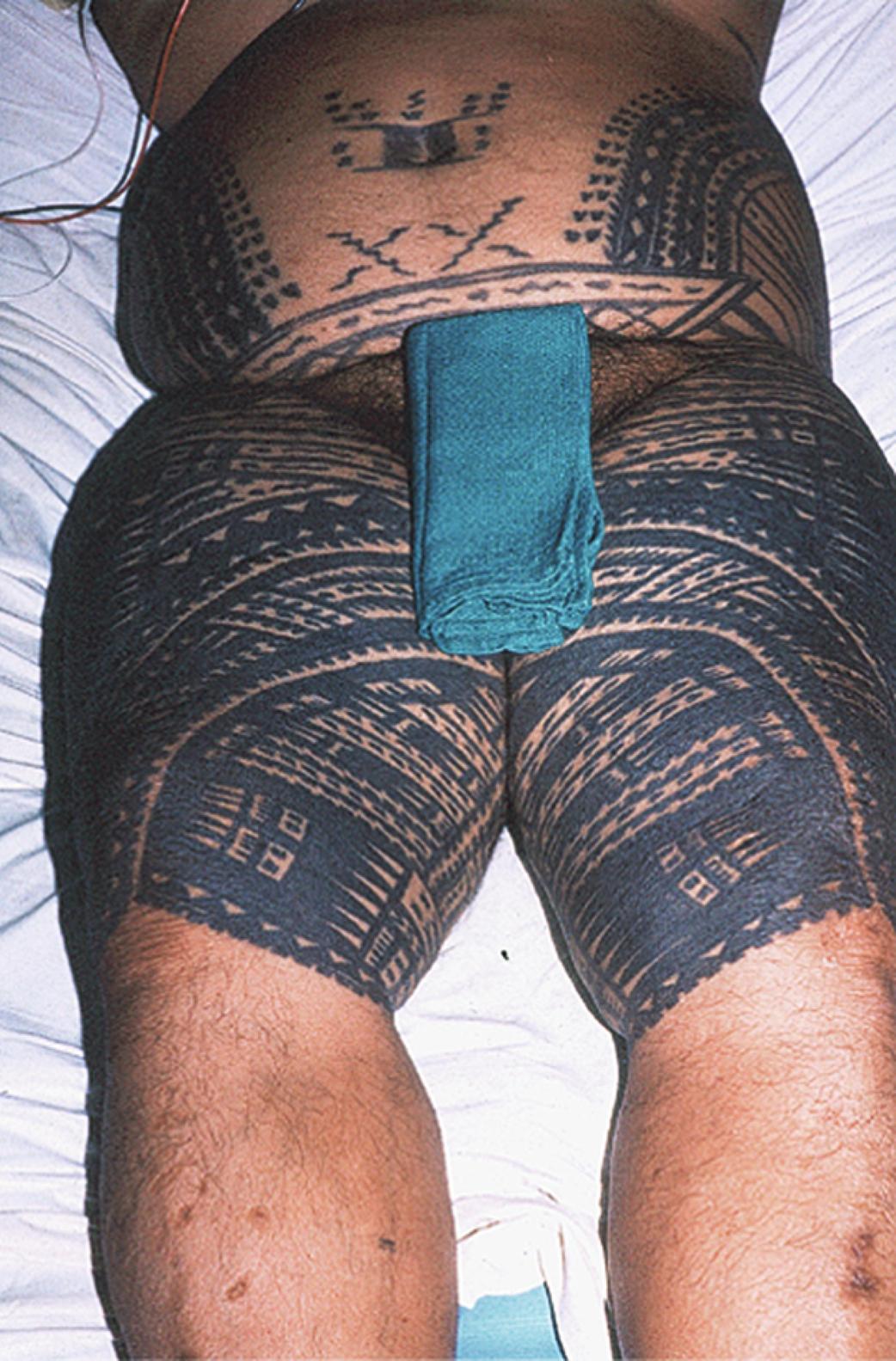Physical Address
304 North Cardinal St.
Dorchester Center, MA 02124
Kohl is the Punjabi name for the eye makeup. It is also called kajal or surma in other Indian dialects.
Kohl is a fine powder resembling mascara that is applied to the margins of the palpebral conjunctiva. While originally made from antimony sulfide or carbon soot, it is now often adulterated with lead sulfide. Absorption of these lead-based pigments can cause lead poisoning. Use of these lead-based pigments has produced lead toxicity in Indoasian communities in the United Kingdom, leading to a nationwide ban. In the Middle East, a similar traditional eye cosmetics also often contain high levels of lead and can cause lead poisoning.
Centers for Disease Control and Prevention (CDC). Childhood lead exposure associated with the use of kajal, an eye cosmetic from Afghanistan—Albuquerque, New Mexico, 2013. MMWR Morb Mortal Wkly Rep. 2013;62(46):917–919.
Al-Ashban RM, Aslam M, Shah AH. Kohl (surma): a toxic traditional eye cosmetic study in Saudi Arabia. Public Health. 2004;118:292–298.
Cao gió (pronounced gow yaw), or “coin rubbing,” is a traditional Vietnamese medical practice. A traditional healer first applies a liniment and then rubs a metal object upon the patient’s skin, usually a coin, forcefully over the area. Petechiae and linear ecchymoses often develop and may be mistaken as evidence of abuse by providers who are unfamiliar with cao gió .
Davis RE. Cultural health care or child abuse? The Southeast Asian practice of cao gió. J Am Acad Nurse Pract. 2000;12:89–95.
Lilly E, Kundu RV. Dermatoses secondary to Asian cultural practices. Int J Dermatol. 2012;51:372–379.
Moxibustion has yielded the scars.
Moxibustion is derived from the words moxa and combustion , and it is the practice of igniting medicinal herbs on the skin. Moxa is derived from the species name for wormwood ( Artemisia moxa ), and it is a medicinal herb often used in the practice. When the healer extinguishes the flame, therapeutic properties of the herb supposedly enter the body. A burn scar is the sequelae of moxibustion. Sites utilized for moxibustion are similar to those used in acupuncture. The practice is still taught and utilized in Chinese medicine. Moxibustion was introduced into Europe by the end of the 17th century. In the movie The Madness of King George , there is a scene in which his physicians are treating him with moxibustion to cure his “madness.” In actuality, it is thought that King George III (1738–1820) suffered from variegate porphyria.
Park JE, Lee SS, Lee MS, et al. Adverse events of moxibustion: a systematic review. Complement Ther Med. 2010;18:215–223.
Bloodletting (“therapeutic phlebotomy”) is a folk-healing procedure that in earlier centuries was considered a treatment option for a wide variety of medical conditions. For example, it was the treatment of choice for pneumonia. While the practice has persisted longer in certain areas of the world, its efficacy has been disproven for all but a limited number of conditions, such as some forms of porphyria.
Papavramidou N, Thomaidis V, Fiska A. The ancient surgical bloodletting method of arteriotomy. J Vasc Surg. 2011;54:1842–1844.
Thomas DP. The demise of bloodletting. J R Coll Physicians Edinb. 2014;44:72–77.
A large survey of more than 6300 acupuncture patients in the United Kingdom revealed at least one adverse event in about 10% of procedures. The most common adverse event was bruising and bleeding. There have been reports of abundant petechiae (in one case, resembling meningococcemia) caused by acupuncture needles. Hematomas and ecchymoses often occur. Pyoderma, prolonged anesthesia, needle breakage, burns, itching, argyria, ulcers, postinflammatory hyperpigmentation, foreign body granuloma, and Koebnerization of psoriasis have also been reported. Transmission of HIV, hepatitis virus, parapoxvirus, and atypical mycobacteria has occurred via contaminated acupuncture needles.
Macpherson H, Scullion A, Thomas KJ, et al. Patient reports of adverse events associated with acupuncture treatment: a prospective national survey. Qual Saf Health Care. 2004;13:349–355.
Ryu HJ, Kim WJ, Oh CH, et al. Iatrogenic Mycobacterium abscessus infection associated with acupuncture: clinical manifestations and its treatment. Int J Dermatol. 2005;44:846–850.
Wu JJ, Caperton C. Images in clinical medicine. Psoriasis flare from Koebner's phenomenon after acupuncture. N Engl J Med. 2013;368:1635.
Yamashita H, Tsukayama H, Taanno Y, et al. Adverse events in acupuncture and moxibustion treatment: a six-year survey at a national clinic in Japan. J Altern Complement Med. 1999;5:229–236.
The ecchymotic lesions on the woman’s back are due to “cupping” ( Fig. 64.1 ). Cupping is an ancient therapy that dates back to 1550 BC, in Egypt. It is still often employed in Asia and the Middle East to treat a broad range of ailments, such as respiratory distress (e.g., bronchitis, pneumonia), musculoskeletal problems, neurologic disorders (e.g., migraine headaches), hypertension, and skin conditions (e.g., herpes zoster, acne vulgaris, eczema). Suction is created by mechanical devices (e.g., hand or electrical pumps) or heat (e.g. warmed cups are placed on the skin and allowed to cool). “Wet cupping” is a variation where suction is applied to the skin, and then a small incision is made into the purpuric area, with the blood withdrawn by repeating the suction process. Advocates of cupping believe it promotes blood flow.

Lee MS, Kim I, Ernest E. Is cupping an effective treatment? An overview of systematic reviews? J Acupunct Meridian Stud. 2011;4:1–4.
Ryu HJ, Kim WJ, Oh CH, et al. Iatrogenic Mycobacterium abscessus infection associated with acupuncture: clinical manifestations and its treatment. Int J Dermatol. 2005;44(10):846–850.
Wu JJ, Caperton C. Images in clinical medicine. Psoriasis flare from Koebner's phenomenon after acupuncture. N Engl J Med. 2013;368(17):1365.
Archaeological evidence shows that tattooing was part of indigenous cultures worldwide. Tattoos were used in ancient Europe, in the Mediterranean region, in the Middle East, in southern Asia, in northern Japan, in the Americas, and throughout the Pacific islands.
Levy J, Sewell M, Goldstein N. A short history of tattooing. J Dermatol Surg Oncol. 1979;5:851–856.
Schmid S. Historical essay. Travel Med Infect Dis. 2013;11:444–447.
Tattoo comes from the pan-Polynesian word tatau meaning “to mark.” Polynesian tataus were, and still are, richly symbolic, revealing heritage and status.
The Marquesan Islanders of French Polynesia once applied tattoos to almost the entire body. Hawaiians, Samoans ( Fig. 64.2 ), and Maoris of New Zealand also had extensive tattoos. Today, the practice is experiencing a cultural resurgence among many Polynesian groups. Japanese tattoos (horimono) are often regarded as the most skillful and artistically prepared.

Become a Clinical Tree membership for Full access and enjoy Unlimited articles
If you are a member. Log in here